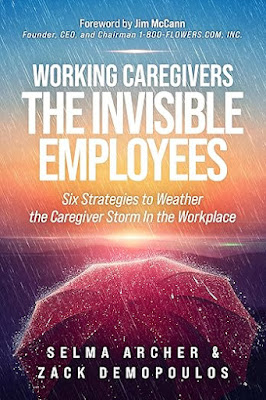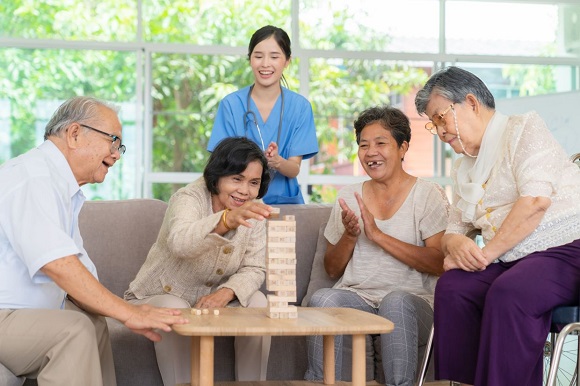Did you know that more than 3.5 million workers in Canada are also family caregivers? And over half of those are women who provide more than 20 hours per week in unpaid care at home. That’s like having a whole second job!
This year, I had the pleasure of co-developing a McMaster Continuing Education free online course for employers titled Creating Caregiver-Friendly Workplaces. The course is primarily for human resources managers who seek to attract and retain valued employees who may otherwise have to leave employment due to their care responsibilities. But working caregivers are welcome to take advantage of this free learning resource too and all students receive a McMaster University micro-credential upon successful completion. Check it out!
Dr. Allison Williams is a McMaster researcher whose investigations centre on working caregivers. Her website is another goldmine of resources including infographics, quizzes, guides, checklists and even a National Standard for Helping Worker Carers in Your Organization. This website is your go-to for user-friendly tools to embed in your strategic plan to create your carer-friendly workplace.
The third resource I want to tell you about is a new book for working caregivers and their employers, Working Caregivers: The Invisible Employees by Selma Archer and Zack Demopoulos. This is a wonderful guide full of real life work-care balance challenges and sound strategies to address them. This book is easy to read and offers managers and caregiver employees alike the inspiration, confidence and toolkit to engineer real change in the workplace.

I highly recommend all of these resources for anyone seeking to alleviate personal working caregiver stress or those seeking to offer support through accommodations in the workplace. Our economy needs workers who are not stressed, exhausted and liable to quit due to burnout. There IS another way we can care for the aged, ill or disabled in our society and support caregivers to remain in the workforce. As our population ages, this culture shift for workplaces is not a luxury; it is essential.




